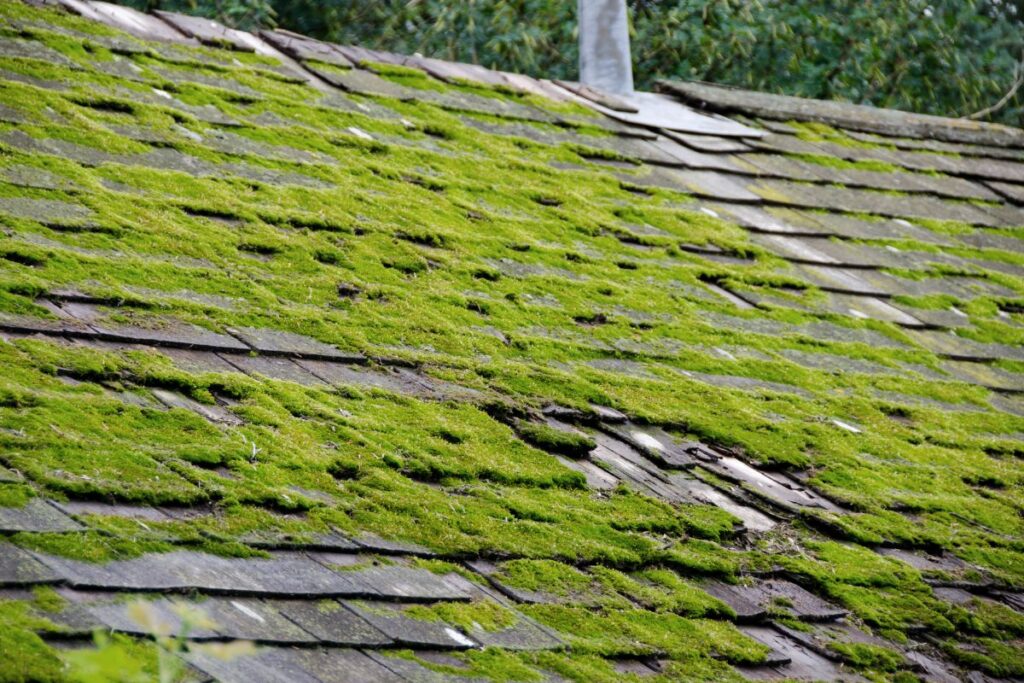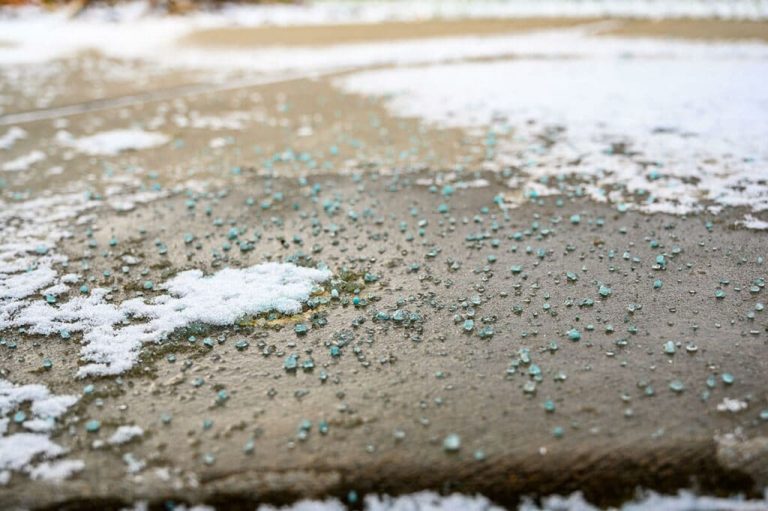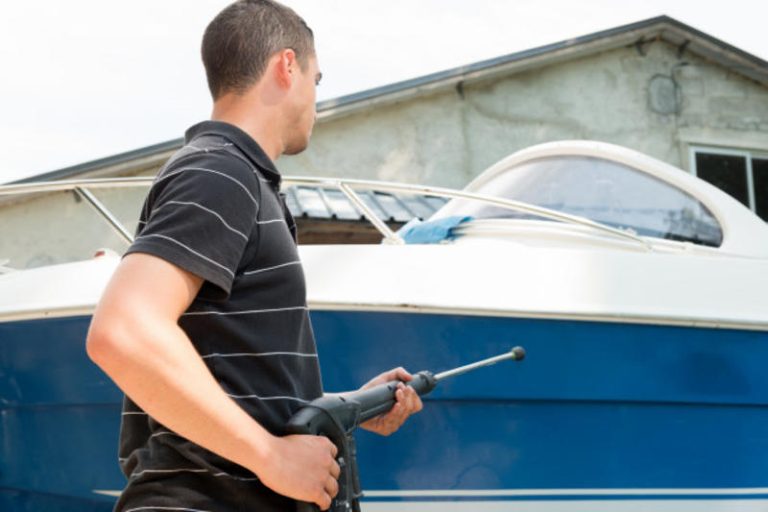
If you’ve got green gunk growing on your siding, deck, or roof, you’re not alone. Mold, mildew, and algae love damp, shaded areas—and power washing can blast them away like magic. But will they stay gone? Can power washing actually kill these growths for good?
The short answer: Power washing removes visible mold and algae—but doesn’t always kill it permanently. To prevent regrowth, you’ll need more than just water pressure.
Let’s break it down. 🔍💦
🧪 What Are Mold and Algae?
- Mold is a fungus that thrives in moisture and feeds on organic material like wood or debris.
- Algae is a photosynthetic organism that shows up as green or black stains—especially on siding, concrete, and shingles.
Both are unsightly, slippery, and can damage surfaces over time.
💦 What Power Washing Can Do
Power washing can:
- Instantly remove mold and algae from visible surfaces
- Clean deep into cracks and textures (like wood grain or stucco)
- Improve curb appeal and remove allergens
However, pressure alone won’t always kill the spores or roots embedded in porous materials.
🧴 Why Cleaning Agents Matter
To truly kill mold and algae, you need to use a biocidal detergent or fungicide. These cleaners:
- Kill spores at the root level
- Prevent regrowth for longer
- Sanitize the surface rather than just cleaning it
Look for products that are labeled mold- or mildew-killers and safe for outdoor surfaces.
Browse Amazon Here For Popular Mold And Mildew Cleaners
🧽 Soft Washing vs. Power Washing
- Soft washing uses low pressure + cleaning solution
- Power washing uses high-pressure water
Soft washing is often more effective at killing mold and algae because the chemical agents do the heavy lifting. It’s also safer for delicate surfaces like roofs or wood decks.
📆 How to Prevent Regrowth
Power washing alone won’t stop mold and algae from coming back. To keep them away:
- Trim back trees to reduce shade 🌳
- Improve drainage around the home
- Seal wood or concrete with a mold-resistant finish
- Clean gutters regularly to prevent overflow
- Use a mold-inhibitor treatment annually
🏡 Pro tip: Apply a preventative mold killer every spring to protect your siding, fence, or patio.
🛑 Common Mistakes
- Only using water: This might clean the surface temporarily, but the problem will return fast.
- Skipping dwell time: Let your cleaning agent sit for 5–10 minutes before rinsing.
- Not rinsing properly: Leftover detergent can attract dirt or harm plants.
✅ Final Word
Power washing is a powerful tool to clean up mold and algae—but think of it as the first step, not the complete solution. To keep your surfaces clean long-term, pair it with the right cleaning products and preventative maintenance.
So yes, power washing can kill mold and algae—but only permanently if you follow up with the right approach. 🍃💪✨






